[/su_youtube]
In this short tutorial, i have described how defects in DNA repair results in cancer and various DNA repair genes which are involved in the repair of damaged DNA.
Question & Answers:
- What are the causes of DNA damage
- Chemical carcinogens result in oxidative DNA damage
- The reactive oxygen species will result in hydrolytic DNA damage
- UV light and other radiation results in breaks in DNA strands
- Polycyclic aromatic hydrocarbons in atmospheric pollutants
- What is the difference between DNA damage and mutation
DNA damage is not the same as mutation though it can lead to mutation
DNA damage is a chemical alteration ( can be corrected) where as Mutation is a change in the sequence of base pairs ( cannot be corrected ) If any kind of DNA damage is likely to lead to a mutation, we call it genotoxic
- What is genomic instability
Genome instability is an Important hallmark of cancer.
The instability of the genome could be in the form of could be point mutations, trinucleotide repeat expansions and contractions, gene duplications, deletions, and inversions, to large-scale chromosome changes including translocations and whole chromosome gains and losses.
- Enumerate DNA repair systems
DNA repair systems play critical roles in genome stabilization as Defects in DNA repair pathways contribute to specific instabilities. This is because Erroneous DNA repair leads to mutations or chromosomal aberrations.
The common repair systems are as below
- Base Excision Pathway (BER): if one of the base is damaged, then that base is excised and is replaced by the correct base. This is basically deamination of the base, i.e removal of amino group by glycosylases.
- NER Pathway: Here what happens is that the adjacent nucleotides stick together. The entire nucleotide is cut and repaired. This is brought about by endonucleases.
- Direct reversal of Damage: only few types of DNA damage are repaired this way. For example, UV exposure resulting in pyrimidine dimers and Alkylated damage.
- Mismatch excision repair (MMR): this is basically a base pair mismatch and not an abnormal nucleotide. This occurs as a replication error.In this type of repair, the strand of DNA where there is mismatch, is removed and the complimentary DNA is used to synthesise a new strand.
- Non Homologous End joining: This is a repair system to correct the double stranded breaks. The word non-homologous is used because the ends of DNA breaks are ligated without the use of homologous template. The main protein involved is DNA ligase.
- Homologous recombination: This is also a repair system to correct the double stranded breaks. This can occur due to ionizing radiation or replication error. This type of repair system uses undamaged DNA as a template.
- What are the genes for DNA repair
Some of the genes involved in DNA repair systems are as follows
| THE REPAIR SYSTEM | THE GENES INVOLVED |
| Base Excision Pathway (BER) | MDB4 |
| NER Pathway | XPC |
| Direct reversal of Damage | MGMT |
| Mismatch excision repair (MMR) | MLH 1, MSH 2, MSH 3, MSH 6 |
| Non Homologous End joining | XRCC5 |
| Homologous recombination | BRCA 1 |
- Name the cancers associated with mutation of DNA repair genes
| THE GENES INVOLVED ( pathway) | Associated Cancers |
| MDB4 ( Base excision pathway) | Colorectal Ovary Multiple myeloma |
| XPC ( NER pathway) | Bladder Skin Cancer |
| MGMT ( direct reversal of damage) | Colon Gastric Glioblastoma |
| MLH 1, MSH 2, MSH 3, MSH 6( MMR) | AML Gastric Ovary Colorectal Non small cell lung |
| XRCC5 ( NHEJ) | lung |
| BRCA 1(Homologous Rcombination) | Breast Ovary Gastric |

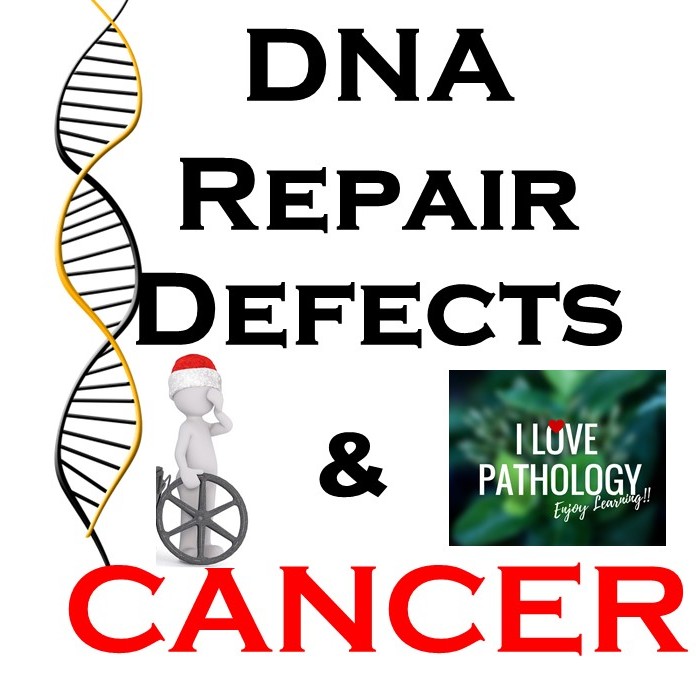
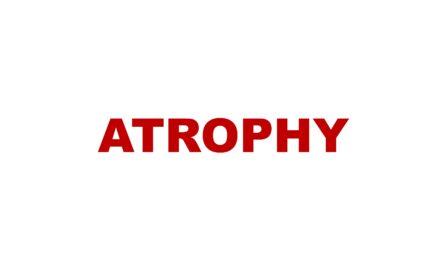
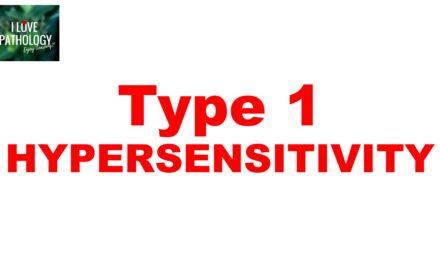
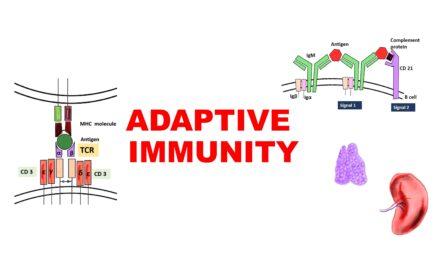
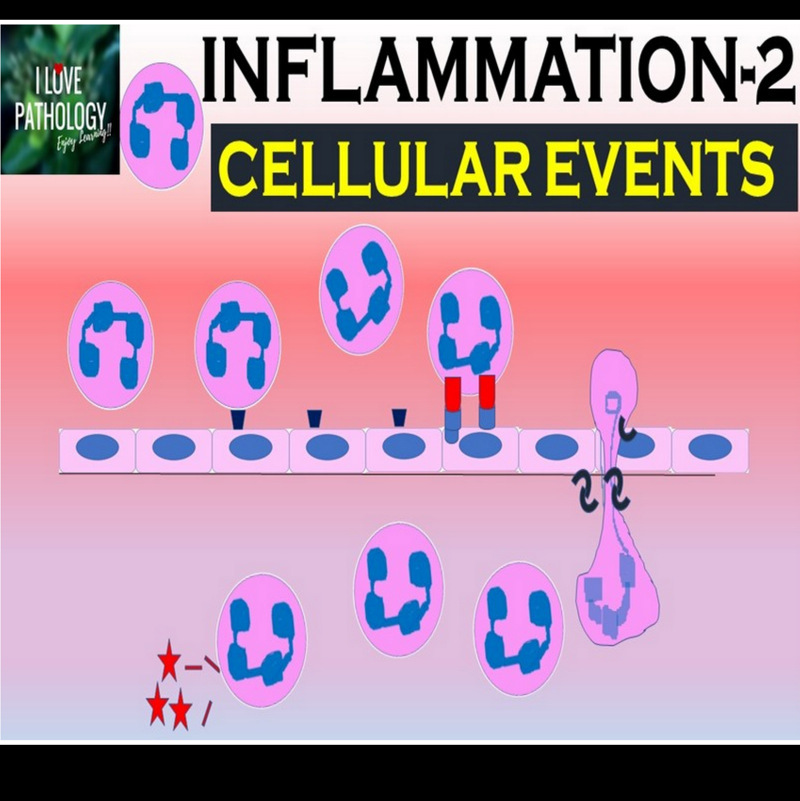





Recent Comments